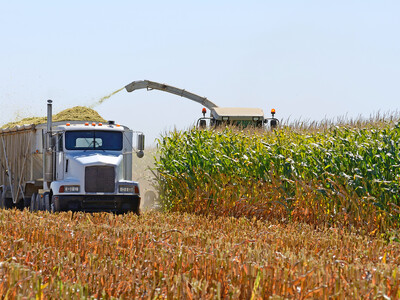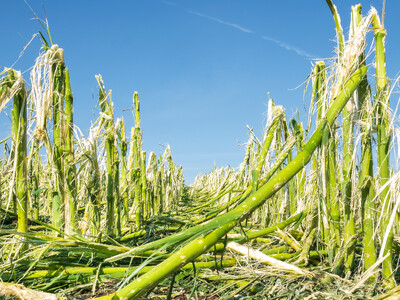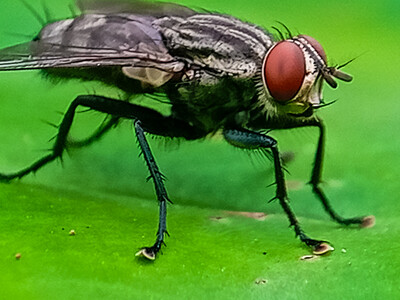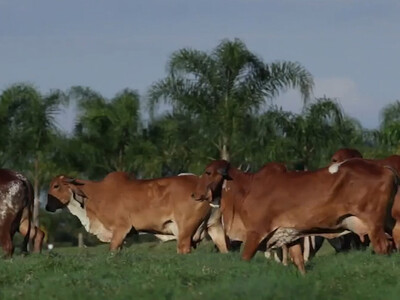Asian Hornet
Anne LeBrun of USDA’s Animal and Plant Health Inspection Service: “ We provided radio transmitter technology that they used to track the hornet back to the nest. The Washington officials were able to find and eradicate that nest, helping to protect the honeybee populations in the area. We're trying to determine if there was more than one introduction of the species in North America and where they may have come from The Asian giant hornet that garnered media attention and sparked concern last year has only been found in two spots in the Pacific Northwest.The Asian giant hornet came to light in 2019 when it was discovered at several locations across the Washington-British Columbia border, according to Andony Melathopoulos, assistant professor in OSU’s College of Agricultural Sciences and Extension pollinator health specialist. Most likely, the hornet disembarked off a freightliner from its native range in Japan, Taiwan and Korea, he said.
The more immediate problem is the hornet’s preference for honeybees, which fuel $20 billion of the U.S. crop production annually, according to the American Beekeeping Federation. Asian giant hornets can decimate a honeybee colony in two hours.
The hornet sits outside the nest, waits for a bee to come out and decapitates it. In its native range, honeybees evolved along with the hornets and learned to fight them by luring them into the nest, surrounding them and literally cooking them to death. In the United States, bees have no defense, Melathopoulos said.

















